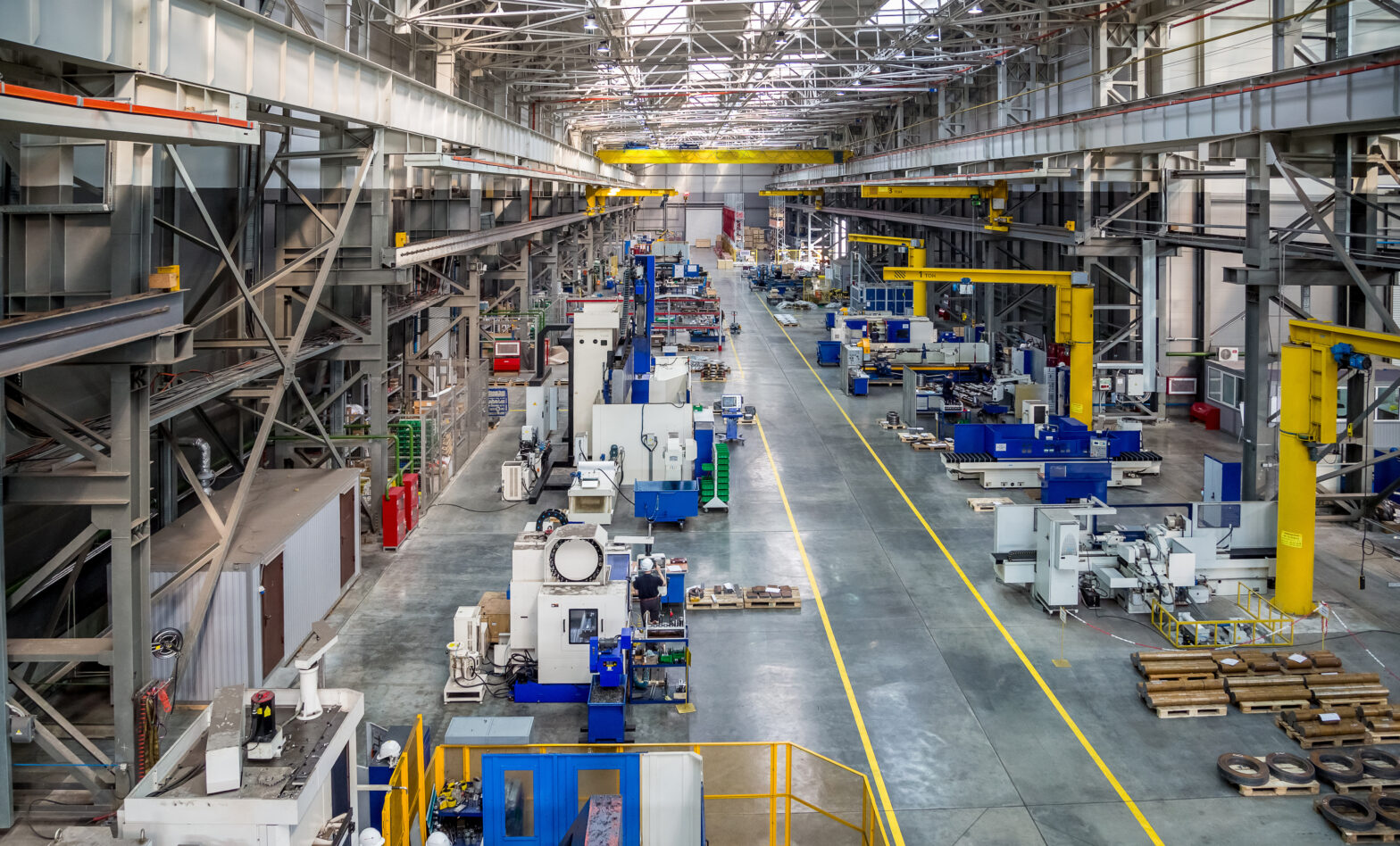2018 is the year that the manufacturing industry will make real steps towards the ‘smart factories’ of the future that have been teased for so long. Some of the biggest players in the industry have already started to embrace disruptive and cutting-edge technologies, but this year we will see smaller and medium sized manufacturers incorporating the same technologies into their processes with equally as effective results.
The entire industry is on the brink of an upheaval parallel to the industrial revolutions it has experienced throughout history – those that centered around technologies like steam-powered machinery and the linear assembly machine.
The pending industrial revolution will be underpinned by a range of technologies that have already begun to pervade their way across the sector, such as 3D printing and artificial intelligence, and will continue to do so in 2018.
>See also: Combatting the manufacturing industry’s skills gap
Perhaps the most important technological shift we will see across the manufacturing industry in 2018 is the increasing adoption of genuine artificial intelligence by manufacturers of varied size across the sector.
There is a distinction to be made between the ostensible ai (colloquially known as ‘lowercase’ ai) that we have seen dominating the press throughout 2017, and the genuine AI (known as ‘uppercase’ AI) that will be rolled out across the sector this year.
The former (ai) is largely composed of data analytics software that acts according to rules that are designed and inputted by humans; this is the technology that powers the autocorrect on your phone. The latter (AI) is the technology that can make genuinely intelligent and autonomous decisions beyond the parameters of human intervention.
The smart factories that will become more commonplace in 2018 will use genuine AI in a number of ways, one of which is predictive maintenance. Under a predictive maintenance model, machines are fitted with sensors that continuously collect and interpret data.
The AI software is able to interpret the vast historical data sets and, in doing so, is able to identify patterns that it can use to inform future predictions. Essentially, by analysing patterns of machine functionality, the software learns what to expect when a machine is about to fail and can predict when it will happen in the future.
Predictive maintenance software alerts its users to potential upcoming failures, and will subsequently autonomously arrange for an appropriately skilled engineer to come in and rectify the problem.
Crucially, this is done before the machine breaks down, something that is enormously useful for businesses in terms of drastically reducing machine downtime. Machine downtime is an enormous source of lost time and money within the manufacturing industry, and is one of the biggest areas that businesses stand to gain by embracing genuine AI in 2018.
This year will also see businesses using AI-enabled software to inform complex business decisions. The sensors interpret enormous amounts of data on the functionality of various machines and the systems that they are part of and the collection and analysis of this data is useful for senior management teams looking to compare or assess various efficiencies within the factory.
For example, a manager may be able to compare quantified data on two different teams that are using the same machinery but are providing varied returns. This allows them to confidently make decisions in the knowledge that their choice is based on qualified supporting data. The ability to make important decisions with minimal risk and maximum confidence will be of enormous use to businesses across the manufacturing sector in 2018.
>See also: The future of aerospace manufacturing is digital
3D Printing is another fundamental pillar of the smart factory that we will see rolled out commercially in 2018. The revolutionary printing technology has been the subject of much debate over the last several years, receiving critique and praise in equal measures.
Developments that have been made over the last several years have made 3D printers smaller, faster, and more precise which, as a result, have cemented their viability as a genuine manufacturing tool. These machines are unparalleled in terms of efficiency – they don’t require the retooling that has typically slowed down the manufacturing process and each machine can make products to a wide variety of specifications.
The technologies that support 3D printers are also being used to reduce wasted time and materials in factories. Businesses are able to run digital test versions of processes to test whether the product will come out as desired in the hi-tech equivalent of trial and error. The ability to run these processes digitally means there is no wasted material, and the machines are only ever manufacturing products that have been tried and tested.
>See also: Smarter and faster – why manufacturers must embrace the IoT
2018 will be the year that the disruptive technologies that have already come to define our impending fourth industrial revolution will find their way into medium sized and smaller businesses.
Manufacturers of various sizes are getting ready to embrace AI in order to drastically reduce machine downtime and diminish the risks associated with complex business decisions.
3D printing is also set to become a mainstay in all factories as its recent developments in functionality promise to offer manufacturers simple and effective production of goods. Most crucially, 2018 is the year that manufacturers of all sizes will begin to capitalize on the efficiencies associated with cutting-edge technologies, not just those at the very top.
Sourced by Mark Hunt, CTO at OneServe







